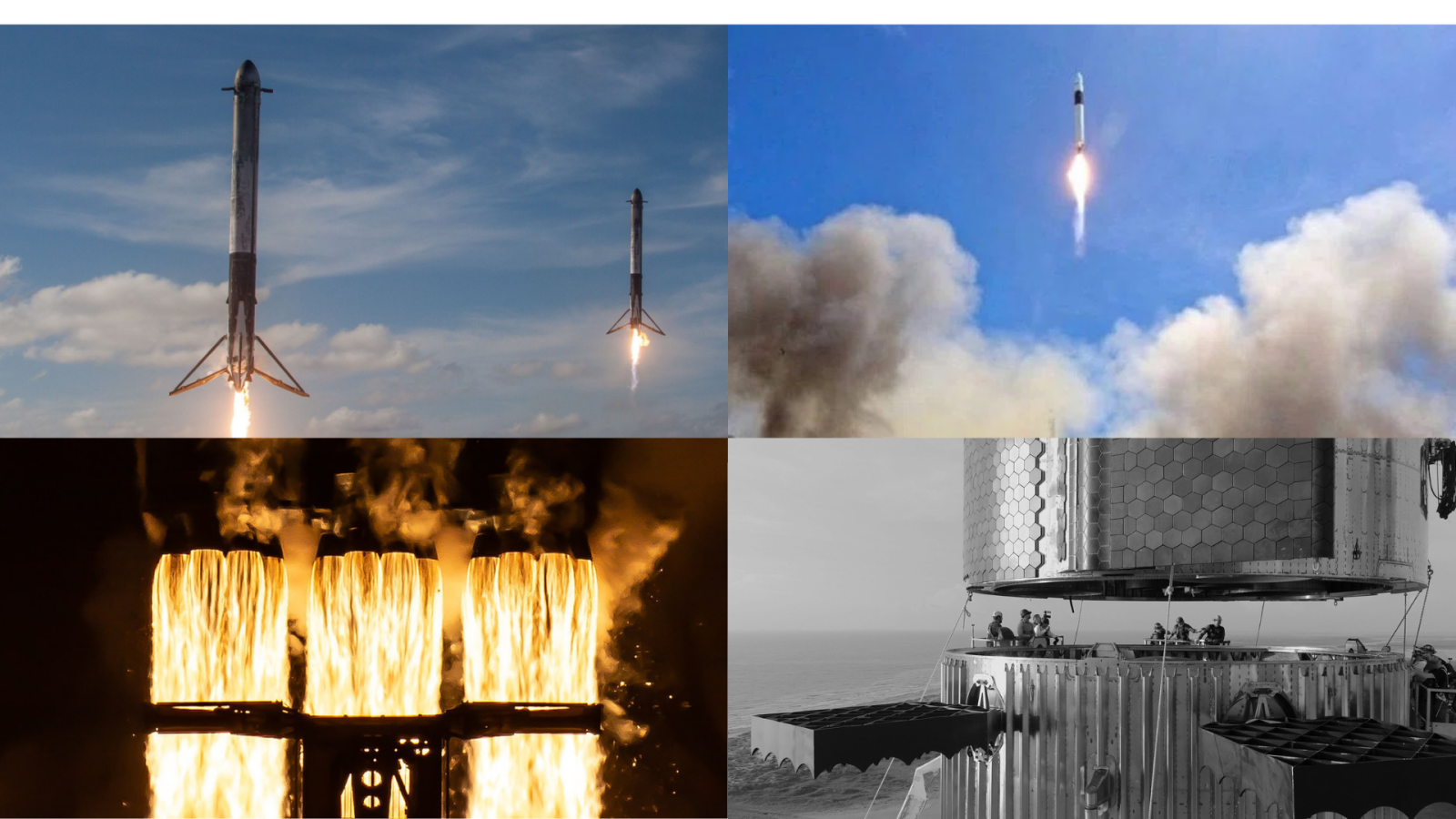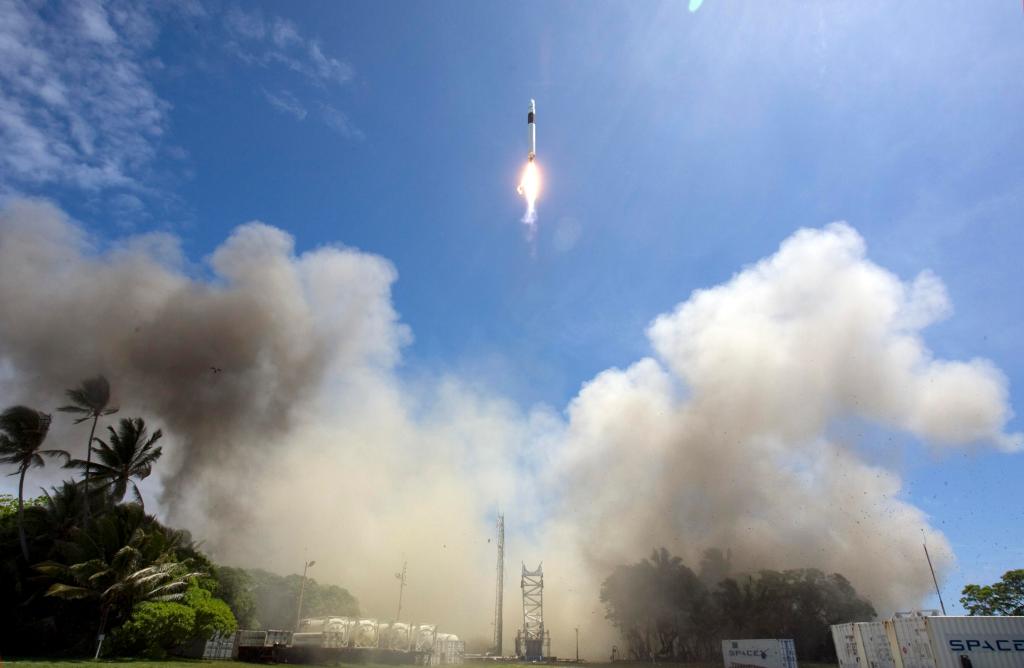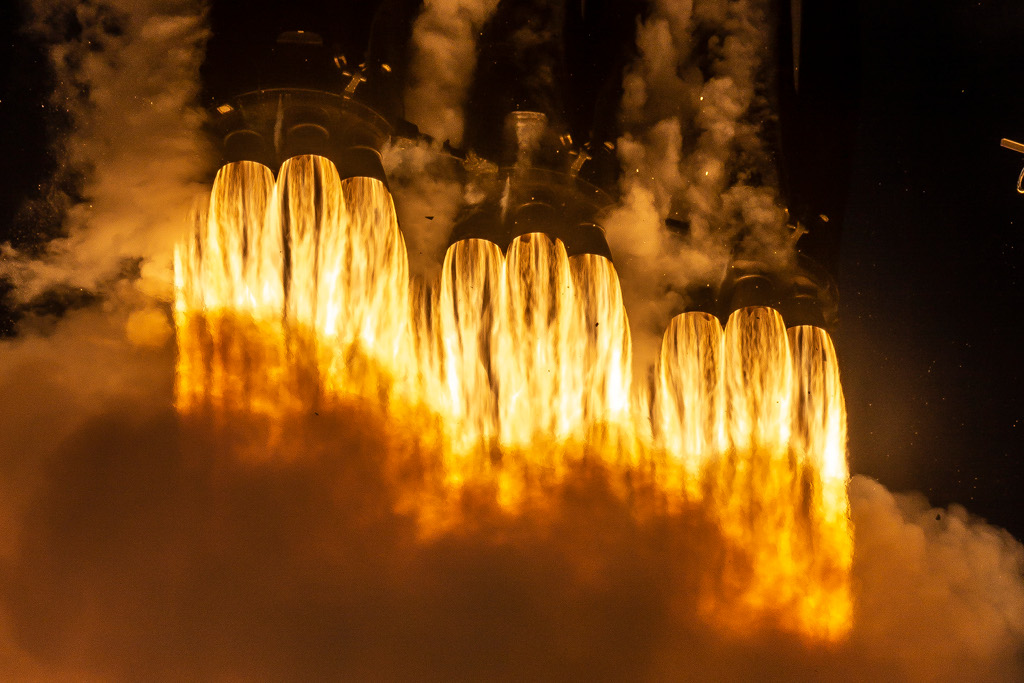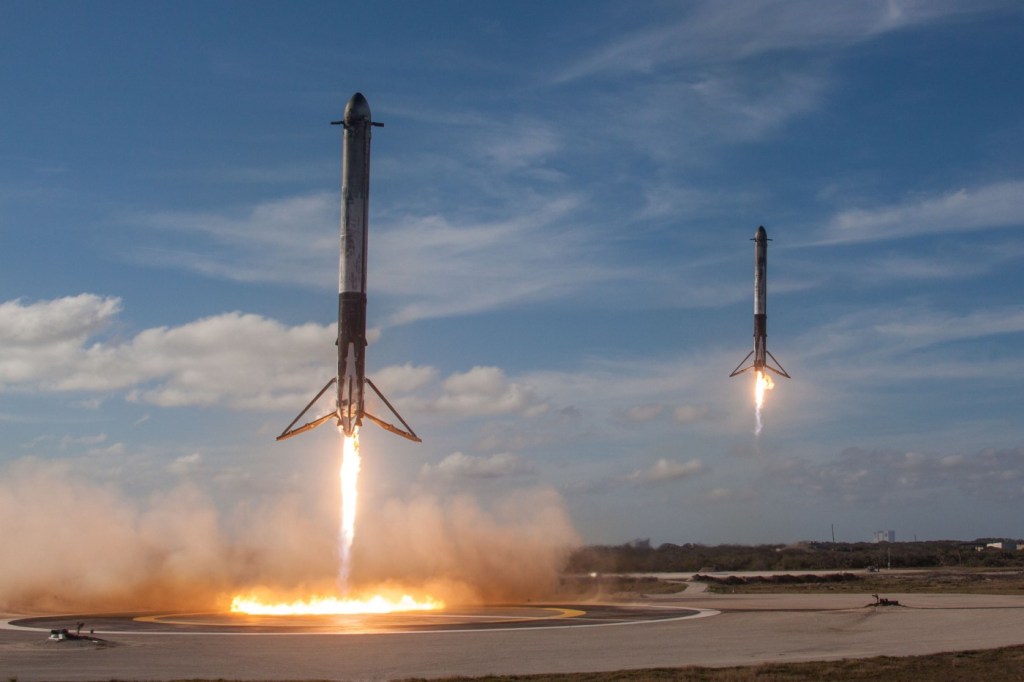
Elon Musk founded SpaceX on March 14, 2002, paving the way for two remarkable decades transforming the aerospace industry in ways never thought possible.
The Early Days and Falcon 1
Incredibly, in 2001, Elon Musk began looking to buy intercontinental ballistic missiles in Russia but soon realized that his goal for space exploration would be better accomplished by creating his own rocket. This led to the creation of Space Exploration Technologies and the Falcon 1 rocket.
Falcon 1, sporting only one Merlin engine on its first stage and named after the Millennium Falcon, launched from Omelek Island, controlled by the US military. Its first three flights were failures, and with the fourth flight fast approaching in 2008, SpaceX had to succeed or the company risked going bankrupt. The launch was a success, so following another successful Falcon 1 flight which delivered the company’s first customer satellite to orbit, it moved its focus to develop a much larger vehicle: the Falcon 9.

Falcon 9 and Dragon
Following the success of the final Falcon 1 launches, NASA awarded SpaceX with a $1.6 billion Commercial Resupply Services contract to deliver cargo to and from the International Space Station using the company’s upcoming Falcon 9 rocket and Cargo Dragon spacecraft.
In 2010, Falcon 9, now with nine Merlin engines, helped deliver Dragon to orbit. For NASA, this was significant, as SpaceX was able to do this at five times cheaper than the agency was capable of. Two years later, Dragon delivered supplies to the ISS for the first time kickstarting a new era of commercial space.
Whilst the cargo resupply missions continue to be a great success, NASA and SpaceX led the way in returning human spaceflight to the US after the completion of the Space Shuttle program in 2011. As the world began to battle a global pandemic, Doug Hurley and Bob Behnken launched aboard Falcon 9 and Crew Dragon on a test flight where Dragon autonomously docked with the ISS then safely returned to Earth to complete the first crewed splashdown with NASA astronauts in 45 years. SpaceX has now launched 18 humans to orbit, including four private citizens.
Falcon Heavy
Ask most rocket fans and they can tell you exactly what they were doing on February 6, 2018. Falcon Heavy’s test flight lifted off from historic LC-39A, powered by 5 million pounds of thrust, culminating in Elon Musk’s Tesla being delivered into a heliocentric orbit and a remarkable dual booster landing.
The three-core rocket has only flown twice since, but there are several launches of the super heavy-lift vehicle planned for 2022.

Reusability
Reusability has been a fundamental goal from the outset for SpaceX, believing reusable rockets are vital to reduce the cost to access space. Since the first successful landing of a Falcon 9 booster in 2015, the company has reflown 87 rockets. Three boosters; B1051, B1058, and B1060, have launched and landed 11 times, proving that first stage reusability can be cost-effective.

Starship and the Future
SpaceX’s ultimate goal is to develop a fully and rapidly reusable rocket and make humanity a multiplanetary species. The development of Starship Super Heavy will prove decisive, and with an orbital flight test of the vehicle in the not-so-distant future, humans traveling to the Moon, Mars, and beyond has become a distinct possibility.
FTC: We use income earning auto affiliate links. More.




Comments